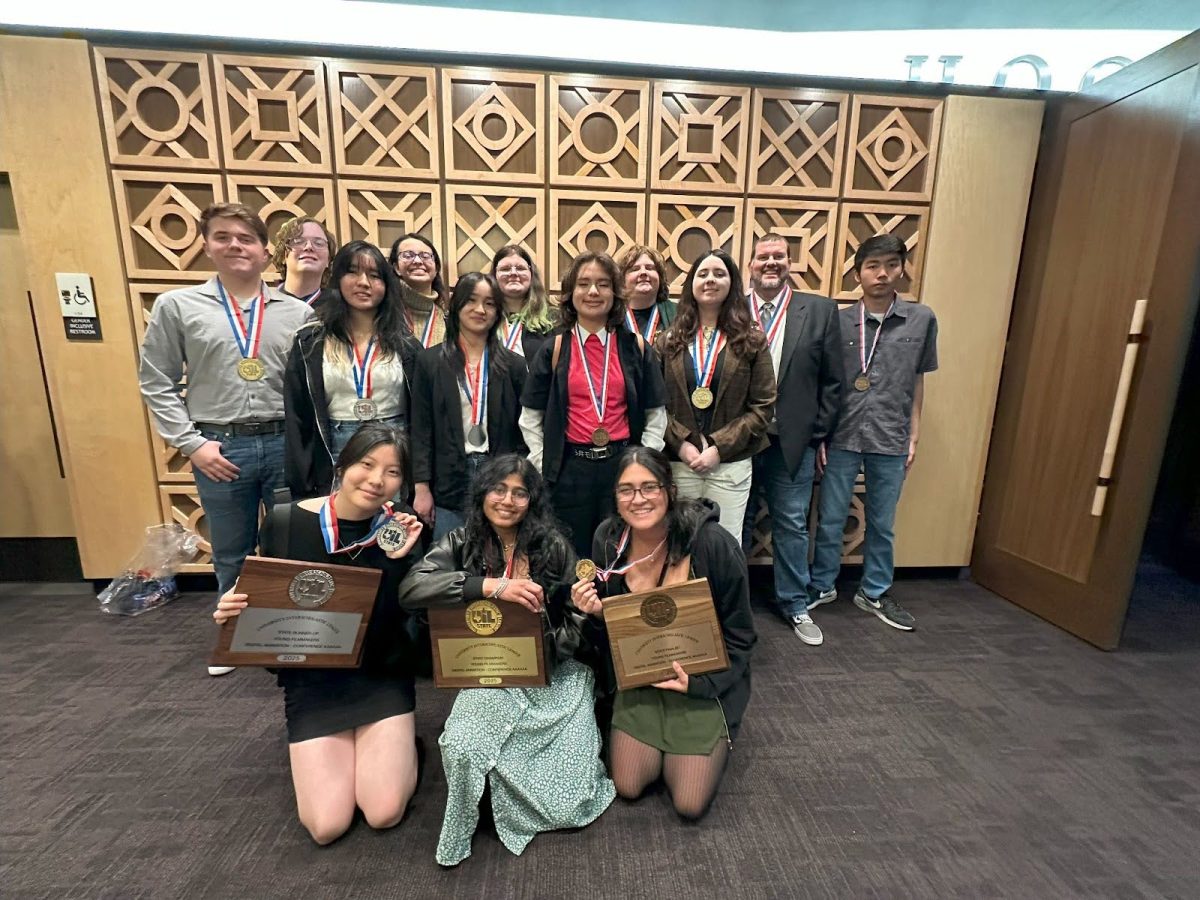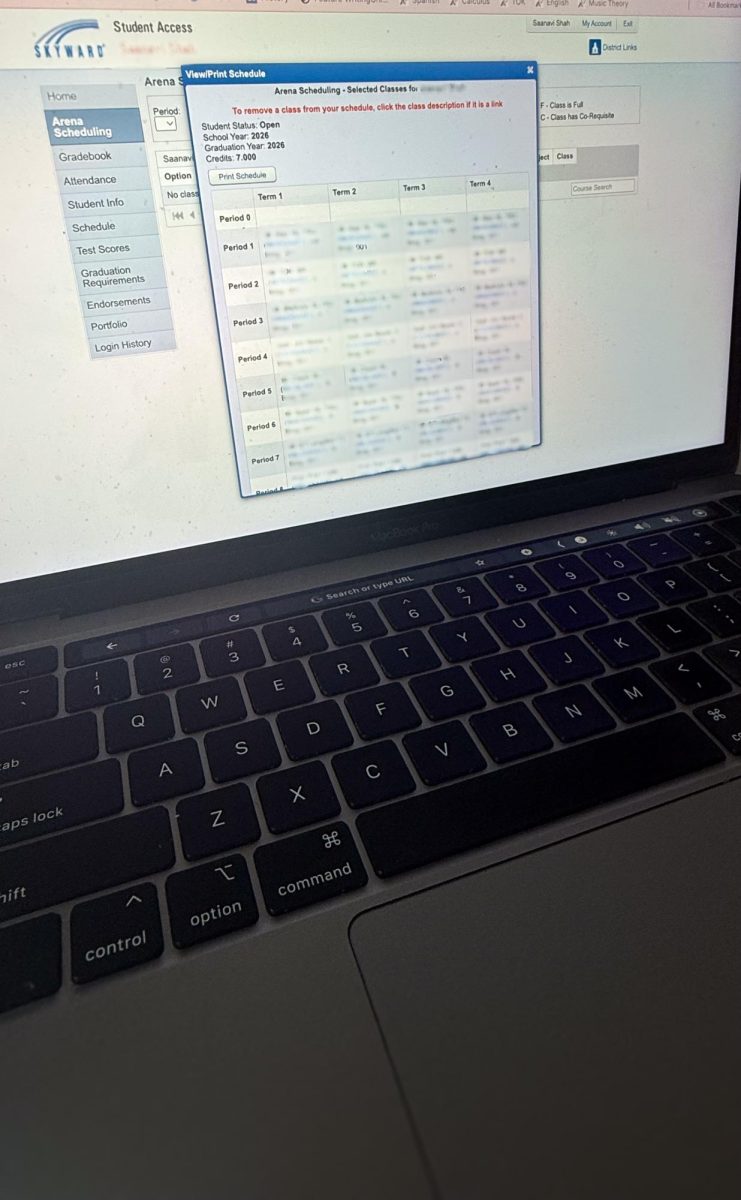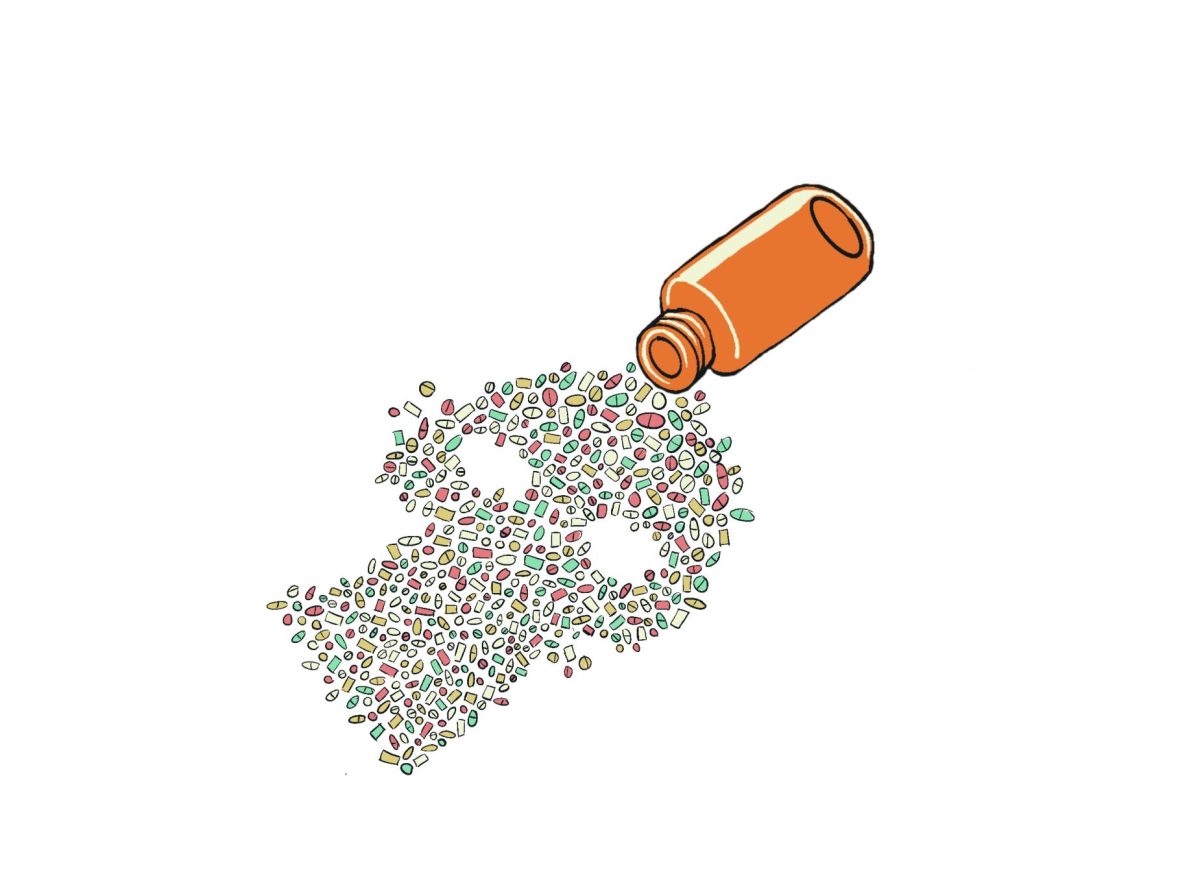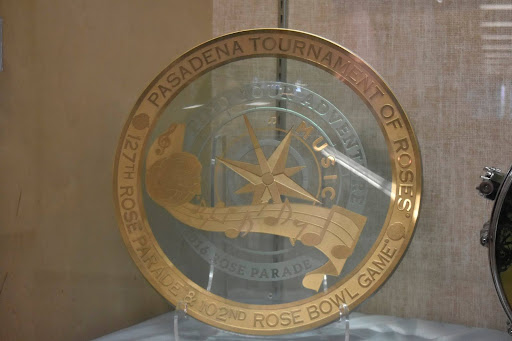With the pressure of finals and the weight of college credit on the line, the AP exam season can be an overwhelming experience for students, especially those taking multiple exams in a single day. Balancing different subjects, managing stress, and maintaining focus are all key challenges students face during this intense period.
Senior Om Pothukuchi shares his experience managing the demands of taking multiple AP exams in a single day.
“My experience has been very smooth,” Pothukuchi said. “When I have multiple exams in a day, it can sometimes be stressful, because I need to take two AP exams in a row; one in the morning, one in the afternoon.”
Despite the challenges of back-to-back testing, support from the school has helped make the process more manageable.
“The school and administrators put forth their best effort to smoothen the transition process between exams, and we have periodical breaks during exams to eat a snack and drink water,” Pothukuchi said.
To tackle the workload, students can develop their own strategies to balance studying and relaxation, ensuring they do not burn out before test day.
“When I had multiple exams, I made sure to balance my studying by reserving some days in the weeks prior to study, and other days to relax and not focus on studying for a particular exam,” Pothukuchi said. “This prevented excessive burn-out or stress, as I gave myself ample time to study and review for exams while periodically taking time to relax.”
A structured approach to studying can help students stay organized and ensure they cover all necessary material without feeling overwhelmed.
“I often created a study plan on a calendar (either on my phone or on a paper calendar) and designated certain days during each week to study for different exams,” Pothukuchi said. “This allowed me to have a visual planner that I could use to keep track of how many days I had studied for a particular exam and determine if my study schedule was imbalanced.”
Even with careful planning, challenges still arise when deciding how much time to dedicate to each subject and balancing AP exam prep with regular schoolwork.
“One challenge I faced was deciding how much I needed to study for certain exams,” Pothukuchi said. “For some exams, I knew that I was strong in the subject and that I didn’t need to study as much, but for other exams, I had to review a lot more of the material in order to be prepared. I overcame this by seeing if I could recall information from certain topics in the class to evaluate my knowledge of the subject.”
In addition to determining study time, balancing AP preparation with regular schoolwork posed another challenge for Pothukuchi.
“For most exams, I did feel prepared, as I followed my study schedule and did all I could to study,” Pothukuchi said. “For some exams, however, I still felt like I could have studied more. However, the important thing is that you are confident on the day of your exam so that you have a clear mind in order to tackle harder problems on the test.”
To make the most of their preparation, students emphasize the importance of time management and avoiding last-minute cramming.
“My strongest advice would be to not procrastinate on studying because if you do, you will need to cram information in the few days leading up to your exams, which is never effective,” Pothukuchi said. “I would say that about a month or a month and a half would be ideal to study, but it depends on the student. Some students may need more time, while other students may need less.”
Junior Kyle Ye shared another perspective from the lens of a student who only took one AP exam. His preparation is similar to the way Pothukuchi prepared.
“The most hopeful method in my opinion is most likely the preparation assignments that make you go back to day one,” Ye said.
Ye explains why his preparation differed from Pothukuchi.
“Since I only had one exam last year, I feel like I had a sufficient amount of time to study,” Ye said.
Becoming overwhelmed due to overthinking certain questions on the exams has been a common stressor for test takers.
“Honestly, the test-taking was pretty stressful during the beginning, but once you get into it, it definitely gets easier,” Ye said. “Especially when you understand the material and necessary skills you need.”
To combat the stress he encountered during the exam, Ye shares some of the strategies he used to stay calm and focused.
“If you’re really stressing that much before the exam has started, just chill,” Ye said. “Do something else for a little bit, have some fun. You don’t need to get burnt out before the exam has started.”
Sarah Arago, an AP Art History teacher, uses different tactics to prepare students for the AP exam.
“For AP Art History, the college board has the set of pieces from the 250 to cover,” Arago said. “They have them grouped (for the most part) by geographical location. I follow that, but group the pieces in smaller chunks that make sense in history.”
AP Art History is only one of many AP exams where students cover a vast amount of material in the course. Arago shares the ways she helps students manage this material in a timely manner.
“I try to maximize in-person class time,” Arago said. “There’s no way someone could know every single detail. So during class, we cover the material, but I try to highlight the key major ideas throughout history. One thing I’m good at is making complex things more simple and I think that helps my students manage the information and get to the heart of the history.” Arago said.
For the AP exam Arago prepares her students for, she identifies challenges students face and provides solutions to help them succeed.
“I think students try to go too quickly,” Arago said. “They want an easy formula or a simple thing to memorize. That will only get you so far. I try to get them to slow down, look and think about a piece of art as they start looking at it and thinking about it.” Arago said.
According to Arago, her belief of helping students learn and grow is the most rewarding part of teaching AP Art History as she values this significantly.
“My students do well on the AP Exam (I’ve had an almost 95% pass rate),” Arago said. “But that is not what is rewarding about teaching AP Art History. Understanding humans and why we create and consume art makes us better people. It gives us a bigger view of the world and our part in it.”







